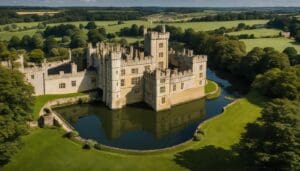10 Amazingly Unique Australian Animals – Get To Know Them Now!
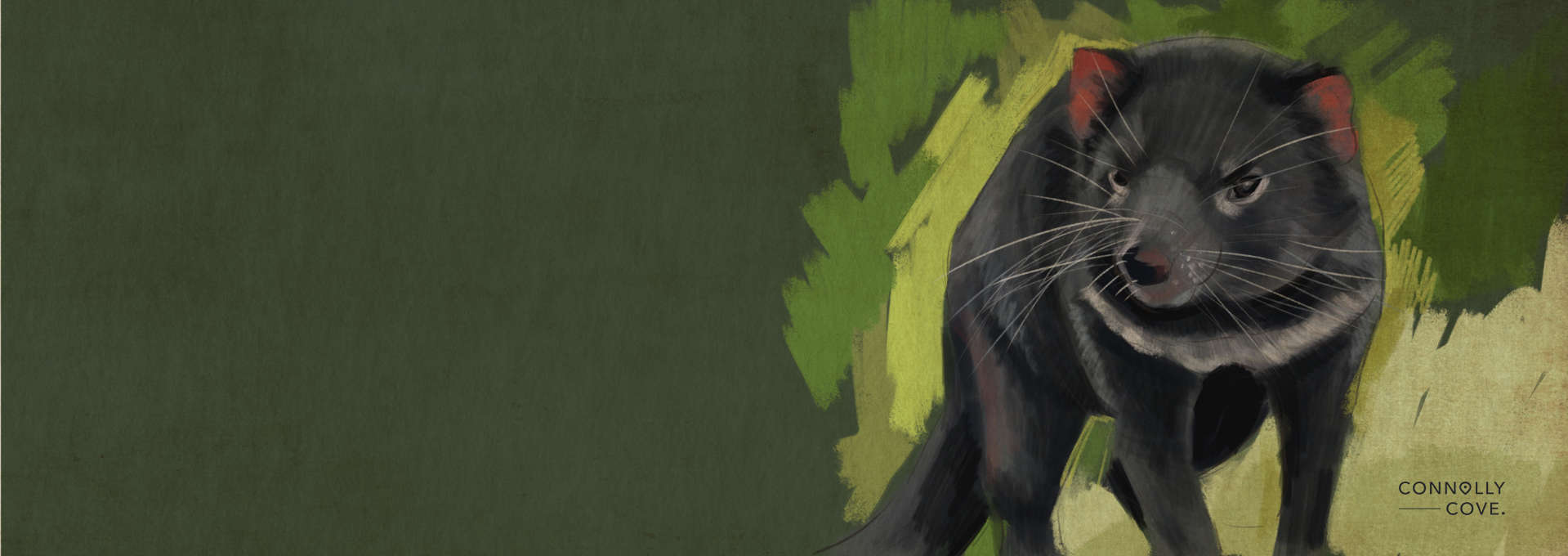
Updated On: November 08, 2023 by Asmaa Alhashimy
Australia, the world’s sixth-largest country, is an island continent encircled by the Pacific and Indian Oceans. It consists of the Australian continent, Tasmania, and some minor islands.
Due to its size, Australia has a diverse topography that includes mountain ranges, deserts, and tropical rainforests, all of which offer different habitats for various creatures.
Australia is a biologically diverse country with a remarkably large number of animal and plant species. Since it has been isolated from other parts of the world for millions of years, its wildlife has developed into a wide variety of distinctive, adorable, hazardous, and peculiar animals.
If you are to visit Australia, you will definitely come across many Australian animals that can only be found there. Here is an interesting list of 10 animals you can only find in Australia.
1. Koala
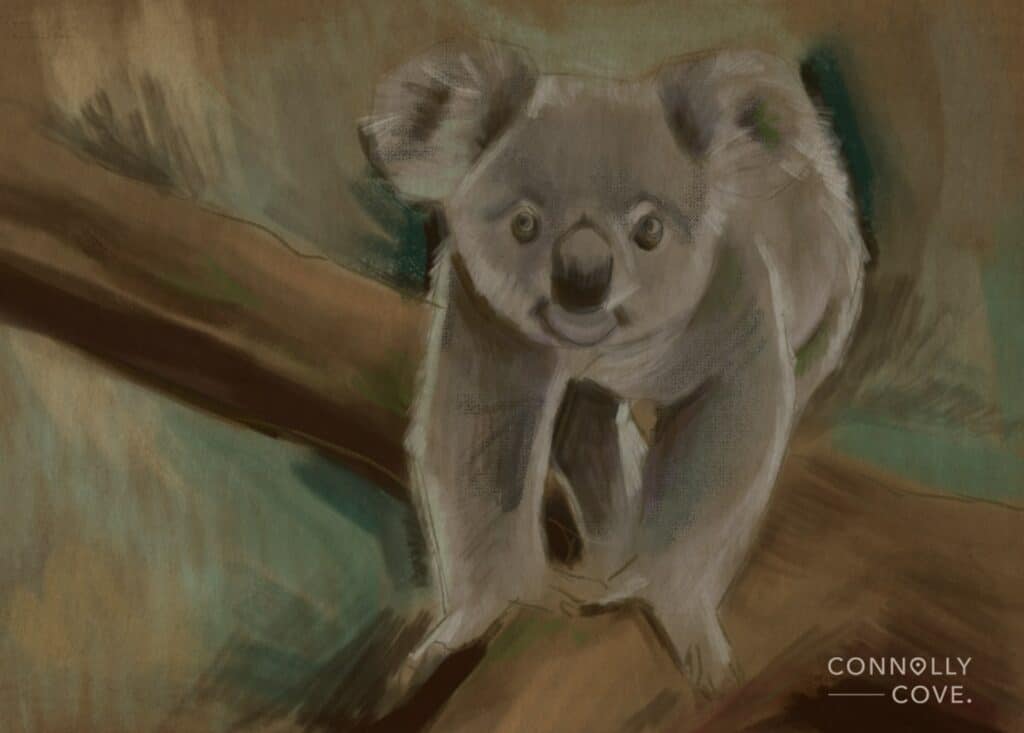
It is a popular belief that koalas are bears because they are as cute as those cuddly animals. However, koalas are not bears. The koala is a marsupial mammal native to Australia that represents the family Phascolarctidae. A marsupial is a mammal that carries its youngsters in a pouch. Like other marsupials, baby koalas are called “joeys.” A joey hides in its mother’s pouch for its first six months.
Physical Features
Koalas are small and fragile animals. They can grow up to 85 cm long and weigh up to 14 kg. Their bodies are sturdy, with four strong, clawed feet.
A koala’s body is grey with a yellowish chest. It has a broad face with small yellow eyes and big ears. Unlike other marsupials, koalas are virtually tailless.
Diet
Koalas are herbivorous animals. They feed on eucalyptus leaves. Such a diet is poor in nutrients and provides little energy, so koalas spend most of their time sleeping.
Where Can You Find a Koala?
A koala’s habitat is woodlands and eucalypt forests that provide them with lots of food. They dwell high among the trees.
You can best see koalas on Kangaroo Island and in Queensland, where wildlife sanctuaries exist.
2. Wombat
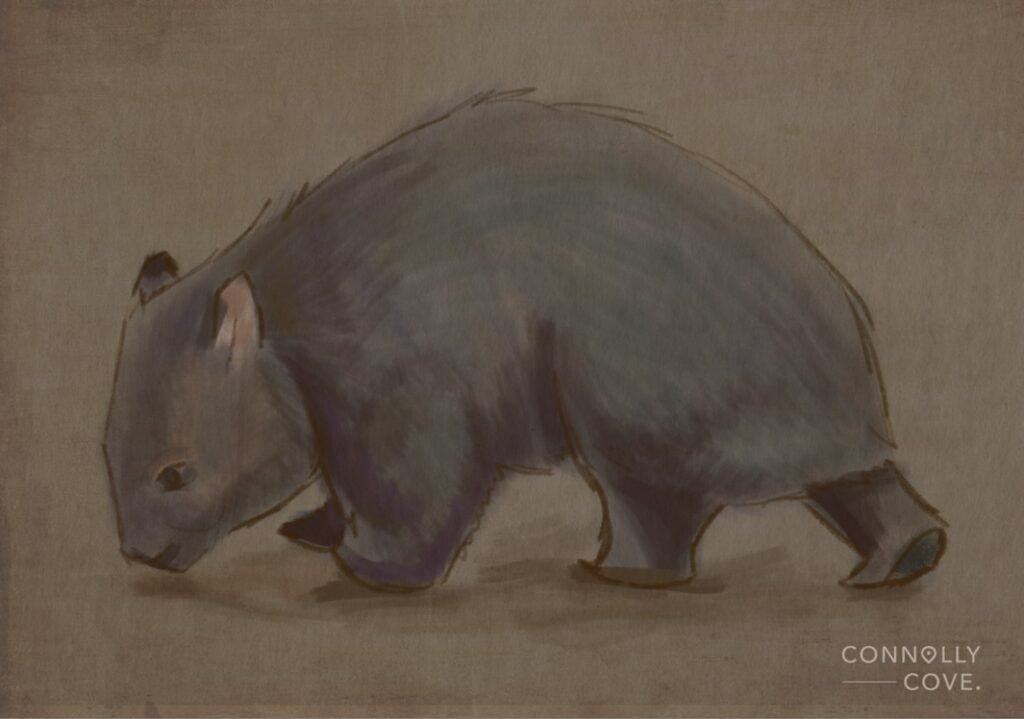
Wombats are mammals belonging to the family Vombatidae. Like koalas, wombats are marsupials, meaning they have pouches in which they carry their youngsters. However, a wombat’s pouch is backward, facing toward its rear.
Physical Features
Wombats dig burrows in forests and open grasslands to live in them. Some species live together in large burrow groups or systems, and these are called colonies. A wombat’s backwards-facing pouch is an adaptation as it prevents soil from gathering over its baby when it burrows.
Wombats have sturdy bodies with four short legs and small tails. They grow to about 1m long and weigh from 20 to 35 kg. Their eyes are small, and their ears are short.
Diet
Like koalas, wombats are herbivorous animals. They eat grass and shrubs, and some species even eat shrub roots and the inner bark of trees.
Where Can You Find a Wombat?
Wombats are mostly found in woodlands along the Dividing Range in southeastern Australia, in Cradle Mountain in Tasmania, and in the Blue Mountains National Park near Sydney.
3. Kangaroo
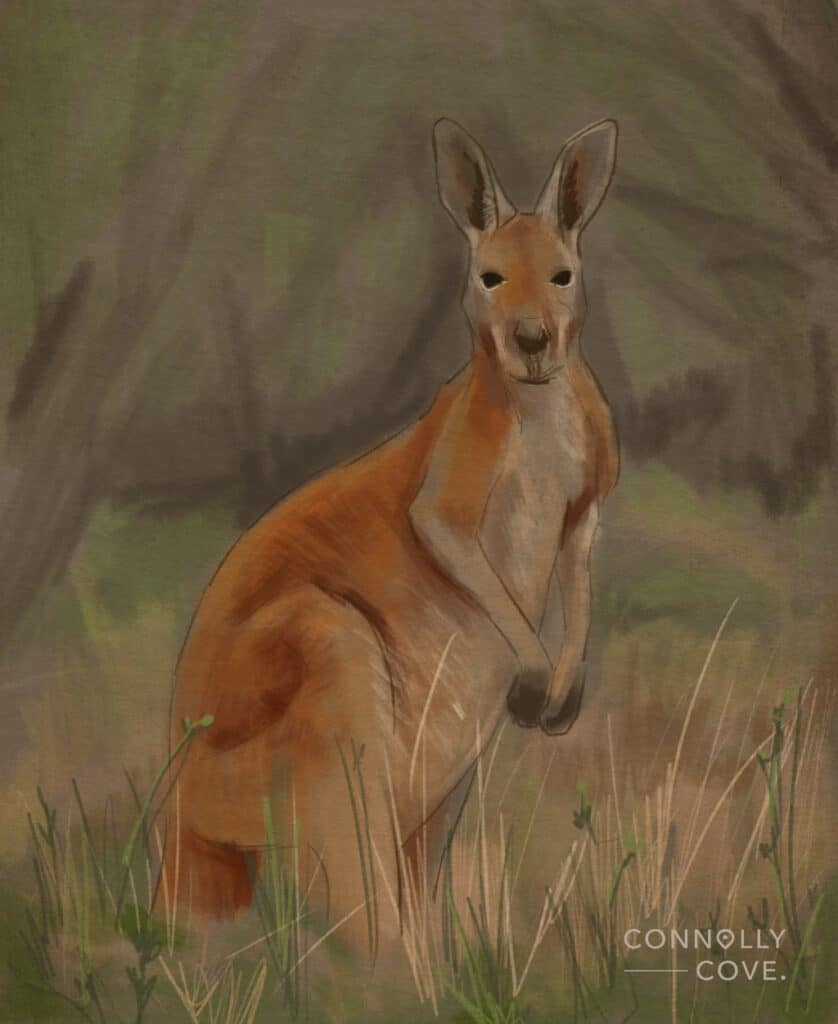
The kangaroo is a native Australian marsupial known for jumping and hopping on its hind legs. It is a member of the family Macropodidae, with macropods meaning “large foot.”
Australia is home to around 50 million kangaroos, making it a country with considerably more kangaroos than residents.
Physical Features
Kangaroos have large, sturdy hind legs, tiny front legs, a small head, and a long, strong tail for balance. As marsupials, female kangaroos have pouches in which they carry their joeys.
Kangaroos come in 55 different species; some weigh up to 90 kg, while others are tiny. Red kangaroos, for example, are the largest, with tall, sturdy bodies. Other types, such as the eastern and western grey kangaroos, are smaller and tamer.
What Makes Kangaroos Special?
Kangaroos are the only big animals that move by hopping. Their powerful hind legs help them jump across great distances; they can jump up to 8 metres in a single bound.
Diet
Although all kangaroo species are strictly herbivores, their diets vary. The red kangaroo feeds on shrubs. The eastern grey kangaroo is primarily a grazer and eats a wide variety of grasses. Smaller kangaroo species eat hypogeal fungus.
Where Can You Find a Kangaroo?
Kangaroos can be found in almost all wildlife sanctuaries and zoos in Australia. They frequently wander through densely wooded national parks with beaches and by the side of the road outside of big cities.
Red kangaroos typically live in the Northern Territory’s eucalyptus woodlands. Grey kangaroos can be found in the forests of Tasmania and Australia.
4. Wallaby

A wallaby is a small mammal that belongs to the family Macropodidae and is native to Australia. Like Kangaroos, all wallabies are pouched mammals or marsupials.
Young wallabies are referred to as joeys, just like their larger kangaroo cousins. They crawl into their mothers’ pouches for the first months of their lives.
Physical Features
Wallabies are normally small to medium-sized mammals with body and head lengths ranging from 45 to 105 cm. They can jump large distances and move swiftly because of their sturdy hind legs.
Diet
Wallabies are herbivores, and they primarily eat plants and grasses.
Differences Between Kangaroos and Wallabies
The size difference between the two animals is the most noticeable one. Compared to wallabies, kangaroos can reach heights over 2 metres and weights above 90 kg. On the other hand, wallabies rarely grow taller than 1 metre and hardly weigh more than 20 kg.
Kangaroos are often significantly taller than wallabies. Their legs are designed for hopping and sprinting across open ground. Conversely, wallabies have smaller, more compact legs better suited for agility through dense forests.
Most wallabies live in dense forests and mostly eat fruits, leaves, and grass. Therefore, wallabies require flat teeth in order to crush and ground up their food. On the other hand, kangaroos live in more open treeless areas and eat primarily leaves and grass. Therefore, they have curved teeth to help them cut grass stalks in their mouth.
5. Platypus
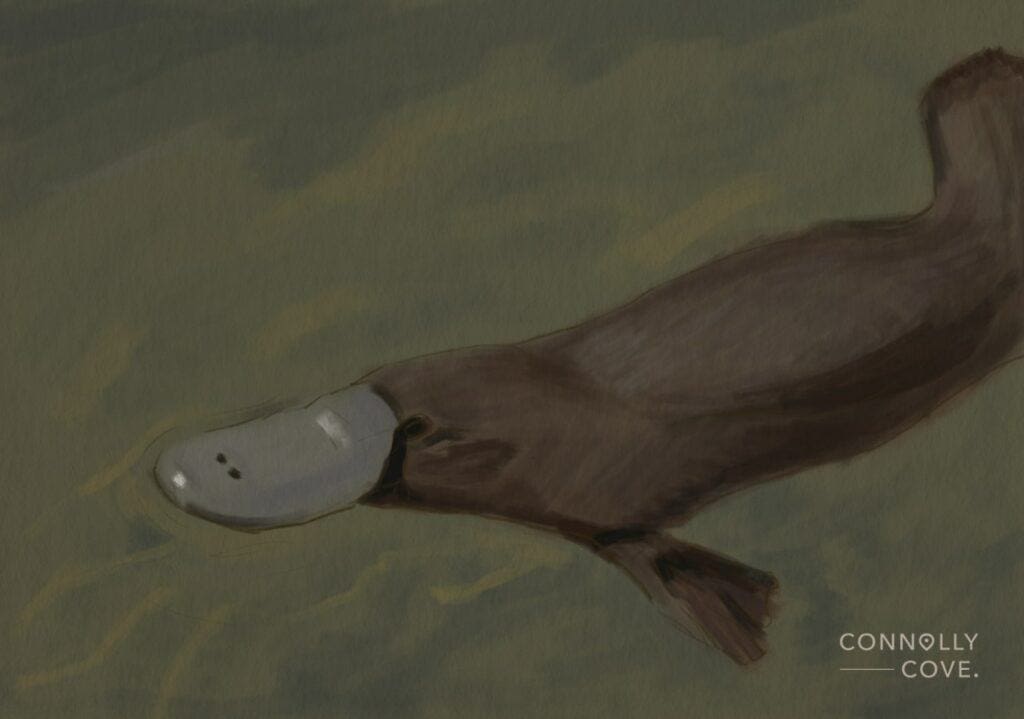
The platypus is a small, semi-aquatic Australian animal known as a duckbill. Together with the echidna, it is one of the monotreme family of mammals, which are mammals that lay eggs. However, the platypus feeds its young milk just like any mammal. The baby platypus is often called a puggle.
Physical Features
With a flattened torpedo-like form, thick waterproof fur, and powerful front limbs used for swimming and digging, the platypus is well-adapted and designed for its aquatic lifestyle. It has a special electromechanical system consisting of touch sensors and electroreceptors. This system allows the platypus to navigate since it closes its eyes, ears, and nostrils while foraging underwater.
The platypus is comparable to a small cat in size. Its weight ranges from 0.7 to 2.4 kg. It has thick, brown fur covering its body and tail. The tail is large and flat. It is not used to swim across the water, but it serves to stabilise the body.
Its distinctive appearance includes prominent white patches of fur under the eyes. Dark to light brown fur covers most of the body, with lighter fur covering the underside.
Its feet resemble otter feet, its beak resembles a duck beak, and its tail resembles a beaver tail.
Adding to its distinctive features, scientists have just learned that platypus glows bluish-green under a black light.
Diet
The platypus is a carnivorous animal that feeds on freshwater shrimp, insect larvae, and crayfish. It scrapes its prey out of the riverbed with its nose or catches it while swimming. Then it carries the prey to the surface using cheek pouches.
The platypus must consume roughly 20% of its own weight each day, meaning it needs to spend 12 hours every day searching for food.
Where Can You Find a Platypus?
The platypus is a semi-aquatic animal that only inhabits streams and freshwater creeks in eastern Australia’s tropical, semi-tropical, and temperate zones.
It prefers densely forested areas with stable, steep riverbanks where it can dig its burrow. It also needs waterways with pebbly riverbeds because that is where it finds its food.
6. Echidna

Together with the platypus, the echidna is one of the monotreme family of mammals, which are small egg-laying mammals. The echidna is also known as a Spiny Anteater.
It resembles both mammals and birds in terms of breastfeeding its youngsters yet laying eggs like a bird or reptile.
The echidna is slightly similar in appearance to a hedgehog; however, they are unrelated.
There are two types of echidnas: short-beaked echidnas found in Australia and New Guinea, and long-beaked echidnas found only in New Guinea’s highlands.
Physical Features
Echidnas are medium-sized animals covered with coarse hair. They have dome-shaped bodies covered in pointed beige and black spines, with a hairless tube beak sticking out that they use to breathe and feed. Their beaks culminate in two tiny nostrils and a tiny mouth.
The echidna has a small face with slit-like ears and tiny eyes. Although it has limited eyesight, it compensates for this with exceptional hearing and smell.
Echidnas are powerful diggers with short, sturdy limbs and large claws. Their long, curled, backward claws on their hind limbs help them dig.
Echidnas are often black or dark in colour. Two kinds of fur cover the echidna’s body. Firstly, an undercoat of short, stiff fur protects it from harsh conditions. Secondly, longer specialised hair follicles, known as “spikes,” emerge from the undercoat and cover the echidna’s body except for its face, legs, and underbelly.
Diet
While the long-beaked echidna mainly consumes worms and insect larvae, the short-beaked echidna’s primary food sources are ants and termites.
Echidnas locate prey using their nostrils and electroreceptors on the tip of their beaks. They don’t have teeth, so they use their tongues and the bottoms of their mouths to ground food into a more digestible form. They avoid ants and termites that sting, bite, or have chemical defences.
Where Can You Find an Echidna?
Australia is home to echidnas, which may be found everywhere, from deserts to urban areas to mountains covered in snow. Because echidnas cannot withstand extreme temperatures, they seek refuge from harsh weather in caves and rock crevices.
In forests and woodlands, echidnas might be found lurking beneath plants or heaps of trash. They hide in leaf litter, holes among tree roots, hollow logs, and rocks. They sometimes use the tunnels dug by animals like wombats and rabbits.
7. Dingo
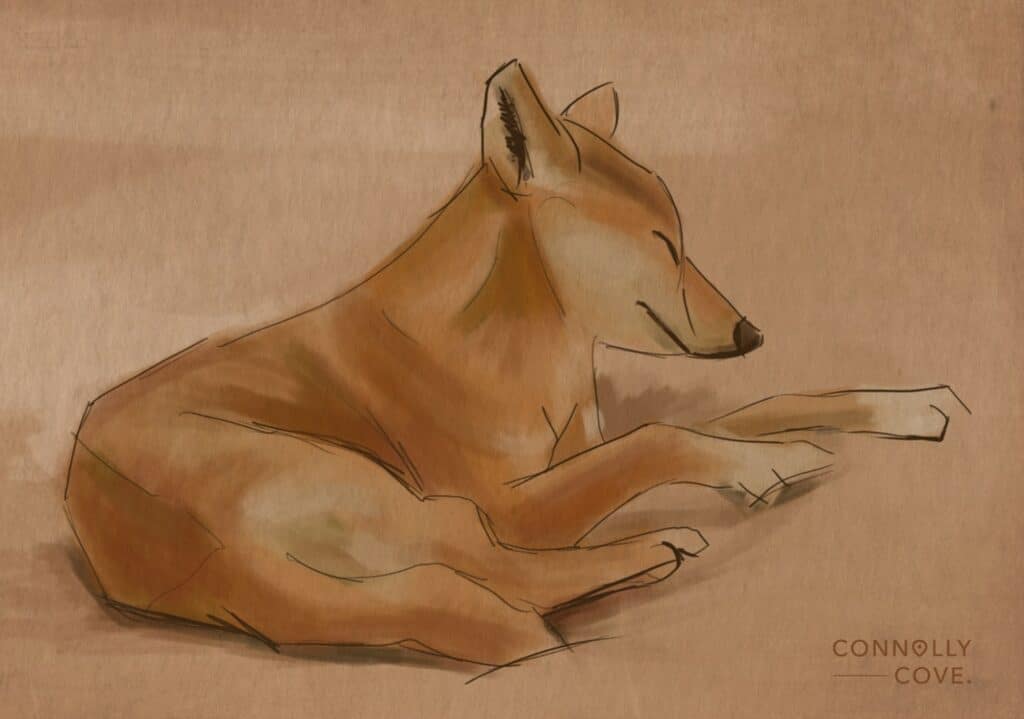
The dingo is a slender, taut, and quick Australian wild dog. Despite its resemblance to a pet dog, the dingo is a wild animal. Numerous reports have been of dingo attacks on people, mainly on kids.
Physical Features
The dingo is structurally and behaviourally similar to a domestic dog, with short soft fur, erect ears, and a bushy tail. It measures roughly 120 cm long and about 60 cm tall at the shoulder.
Its fur ranges from yellowish to reddish brown, with white paws, underparts, and tail tips. A dingo’s environment determines the colour and length of its coat. The coat of a desert dingo is red and yellow. It has dark fur with brown markings and lives in woodlands. An Alpine dingo is almost all white and has a bushy tail.
Diet
Dingoes are carnivorous animals. In the past, they mostly preyed on kangaroos and wallabies. However, when the European rabbit was introduced to Australia in the middle of the 19th century, the diet of the dingoes changed. They now eat mainly rabbits and small rodents.
Where Can You Find a Dingo?
The dingo inhabits most of Australia, except for the southeast, Tasmania, and a part of the southwest.
Dingoes inhabit grasslands and woodlands where there is a great abundance of prey. A dingo’s den can be found in a hollow log, beneath a large rock, or in burrows of wombats or rabbits.
8. Quokka
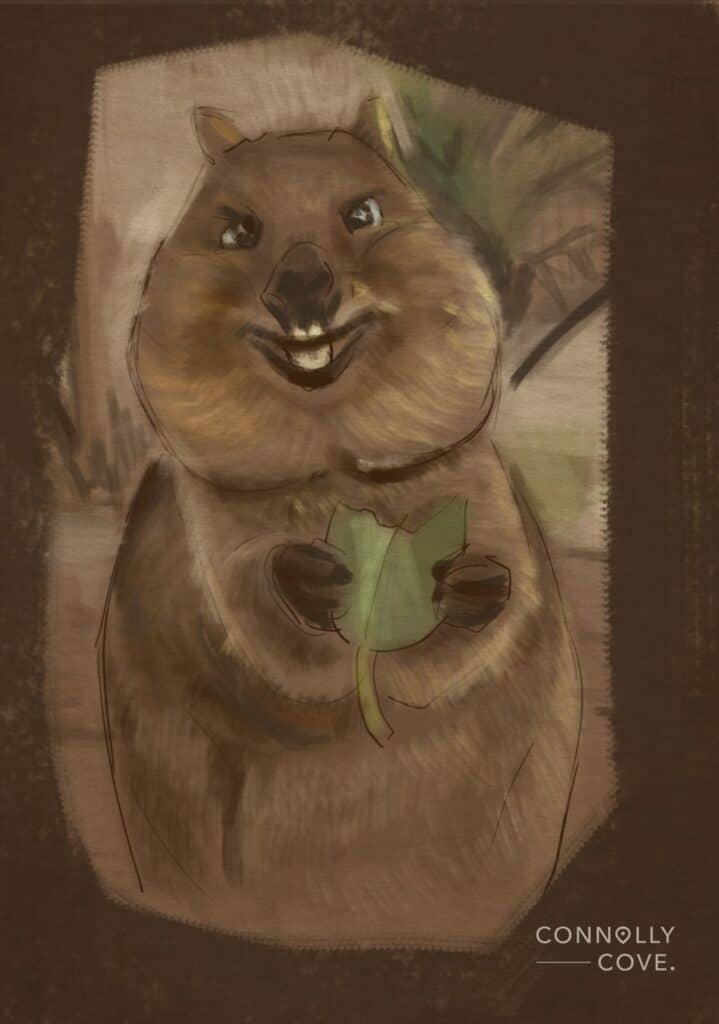
Quokkas are Australian animals about the size of cats. They are marsupial mammals belonging to the same family as the kangaroo and wallaby.
Quokkas are called the happiest animals on Earth for having the sweetest smile of any animal. In fact, quokkas are not intentionally smiling, but their mouths are simply shaped that way. Another name for the quokka is the short-tailed scrub wallaby.
Because they are curious animals, quokkas frequently approach people and stare at them. However, you have to be careful as despite their friendliness, they are still wild animals and have the potential to bite and scratch.
Physical Features
The quokka has a thick, rough, grey-brown coat with a lighter shade of brown on the underside. Its chubby body is stocky and bent, with a short, rat-like tail. Now to the cutest part of its body! Its roundish face features small, rounded ears, black eyes, and a black nose.
The quokka’s forelimbs are small and short. It uses its comparatively short hind legs, which are shorter than those of other macropods, for hopping.
Diet
Quokkas are herbivorous animals. They feed on the leaves and tender shoots of woody plants, including trees and shrubs.
Where Can You Find a Quokka?
Quokkas are native Australian animals and inhabit only two islands off the coast of Western Australia: Rottnest Island and Bald Island.
In the southwestern part of Western Australia, you can find a few quokkas in the vegetation around swamps and close to waterways. They prefer moist environments with extensive scrubland.
9. Emu
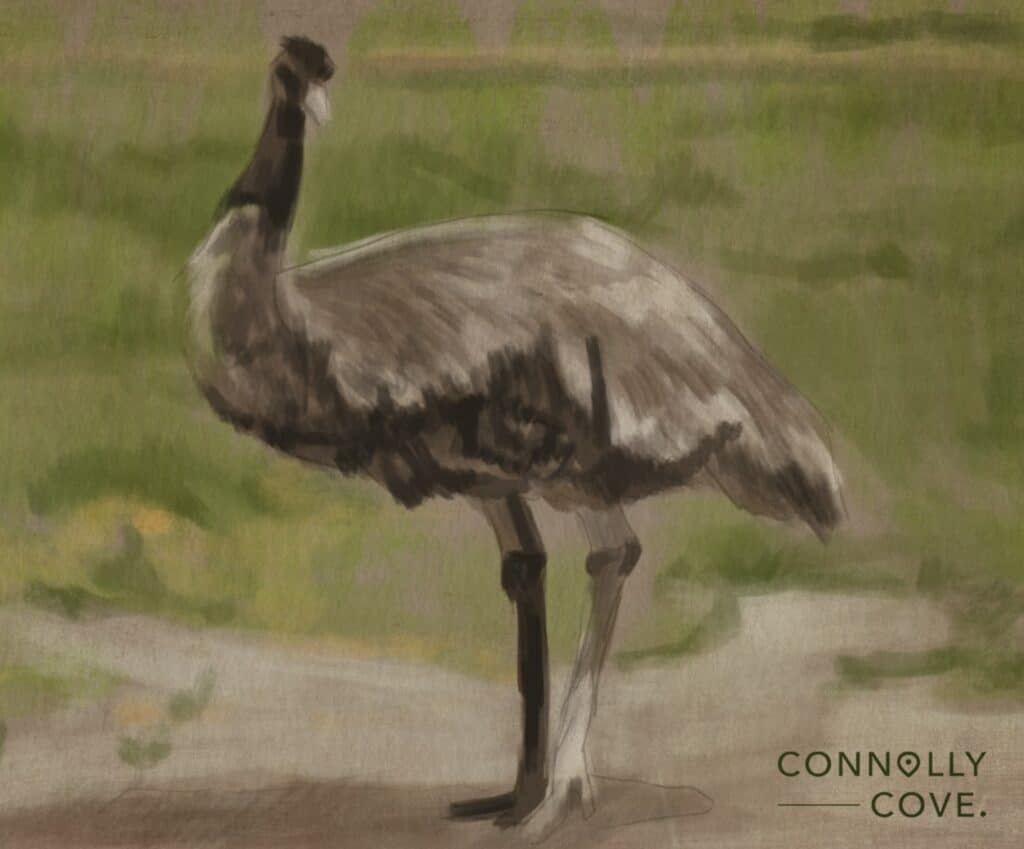
The emu is an Australian animal, precisely a bird, that resembles a big dog with shaggy fur standing on two scaly legs. Even though it is a bird, it cannot fly. It is a member of the ratites, which is a class of flightless birds.
The emu is Australia’s tallest and quickest land bird. It is not a violent animal that attacks people, although it is strong and capable of harm if provoked.
Physical Features
Emus have small heads with large eyes that range in colour from red to orange. They have two sets of eyelids: one for blinking and the other to block off dust. In addition, each emu has its own distinct hairstyle.
Despite being completely flightless, emus still maintain small, vestigial wings, each roughly the size of a human hand. While running, the emu adjusts these tiny wings to maintain balance and control.
Emus have two long, scaly legs. On the underside of their toes, there are small, flattened pads that help with traction. The emu can also leap straight up as high as its height.
Diet
The emu is an omnivorous animal, which means it eats both plants and meat. However, plants make up the majority of its diet. Its diet is also based on the seasonal availability of food.
The emu eats grasses, fruits, and seeds when they are available. Any animal it can catch and eat whole is added to its vegetarian diet. These include small mammals, insects, and snails.
Where Can You Find an Emu?
Emus can be found all around Australia, inhabiting woods, vast plains, and plants with stiff, short, and frequently prickly leaves like banksia, wattle, and eucalyptus. However, they cannot be found in rainforests, the island of Tasmania, and the driest areas of the Australian desert.
10. Tasmanian Devil
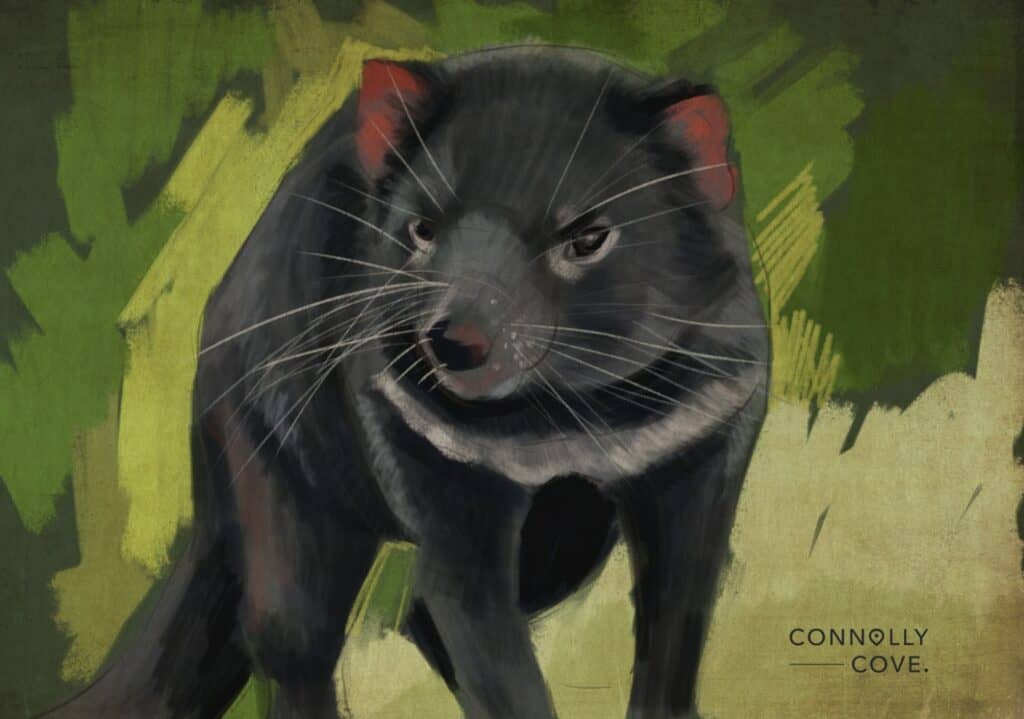
The Tasmanian devil is a muscular Australian animal roughly the size of a small dog. It got its name from its terrifying screams, eerie growls, black colour, horrible odour, and aggressive behaviour.
The Tasmanian devil makes loud, threatening noises to frighten its foes, including screeches, growls, and screams. It is one of the loudest marsupials.
Tasmanian devils are considered the largest carnivorous marsupials in the world. They are endangered and on the verge of extinction.
Physical Features
The Tasmanian devil is a robust animal. Its body is entirely covered in black fur except for a noticeable white fur streak on its chest and occasionally white marks on its rump.
Its oversized head features long whiskers and a short nose. The powerful jaw of the Tasmanian devil is more powerful than that of any animal of its size. It has longer front legs than back legs and a short, thick tail.
Diet
The Tasmanian devil is a carnivore. Instead of catching its prey, it prefers to eat animals’ dead bodies. It is the only animal native to Australia that can defeat the echidna’s spikes and eat them.
It mostly feeds on wombats and small mammals, including wallabies, fish, birds, insects, frogs, and reptiles. Although it is a scavenger, the Tasmanian devil may hunt down creatures as big as a small kangaroo.
Where Can You Find a Tasmanian Devil?
Tasmania, Australia, is home to Tasmanian devils, who dwell there in the forests and woodlands. They make their homes in hollow logs, caverns, and abandoned animal burrows.
Large European settlements have led to their current distribution near farms, where they prey on animals, and near major roads, where they scavenge for road kills.



